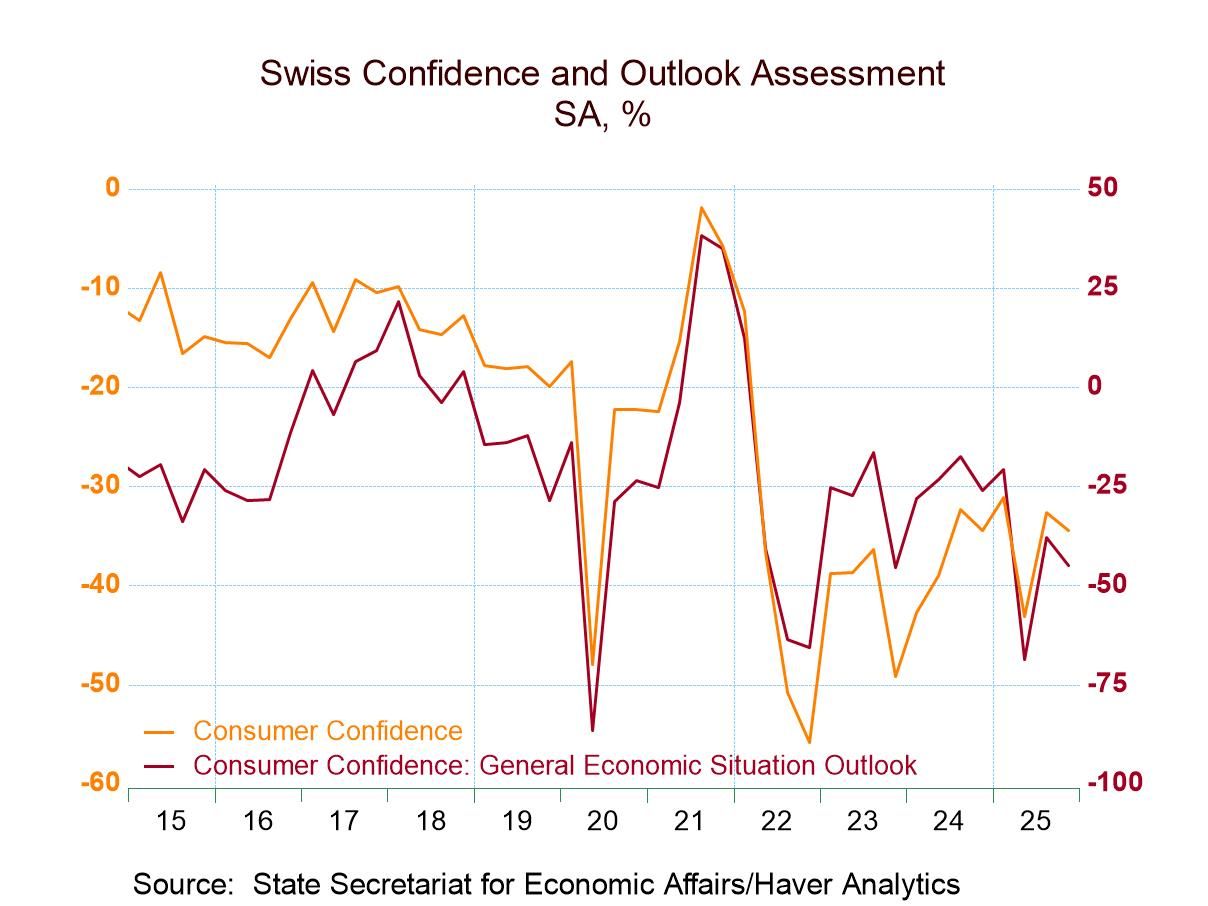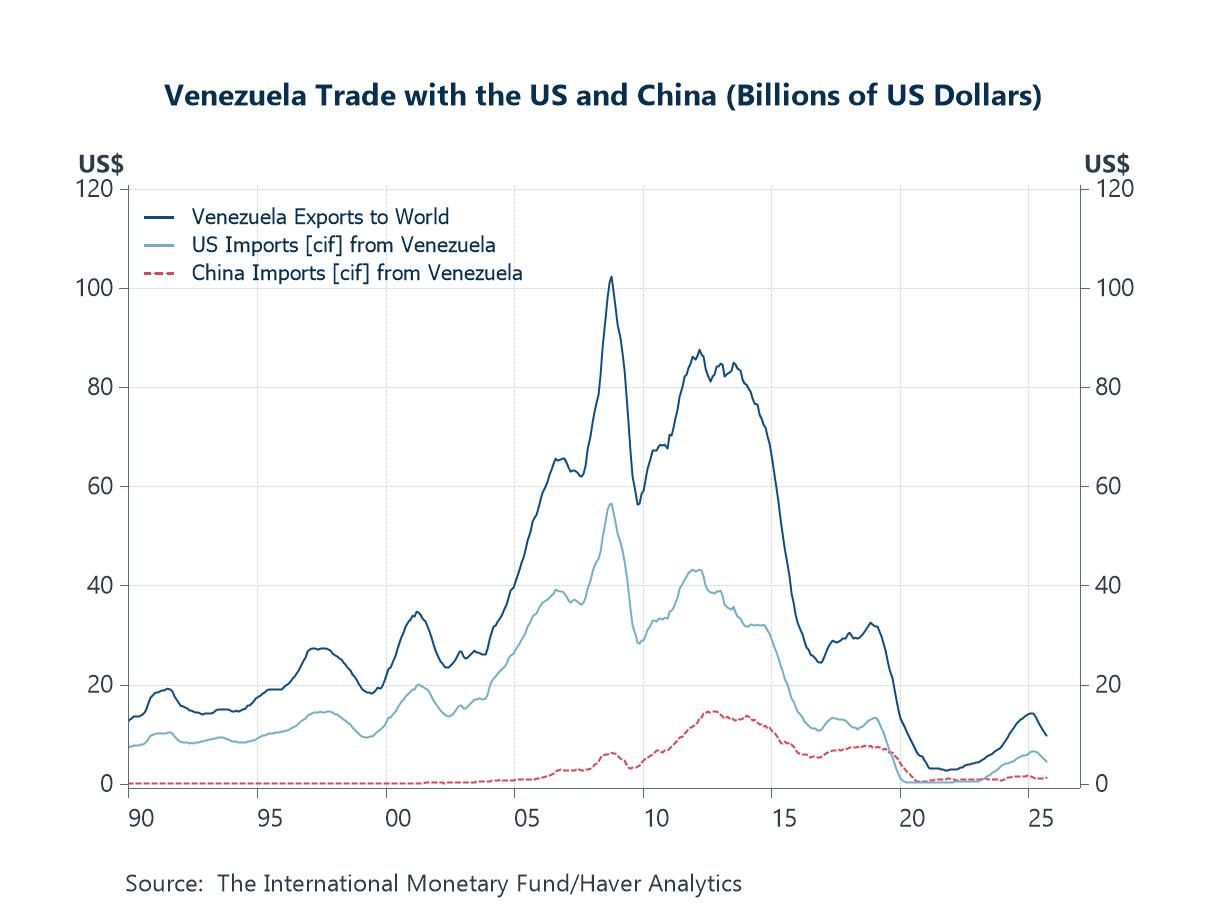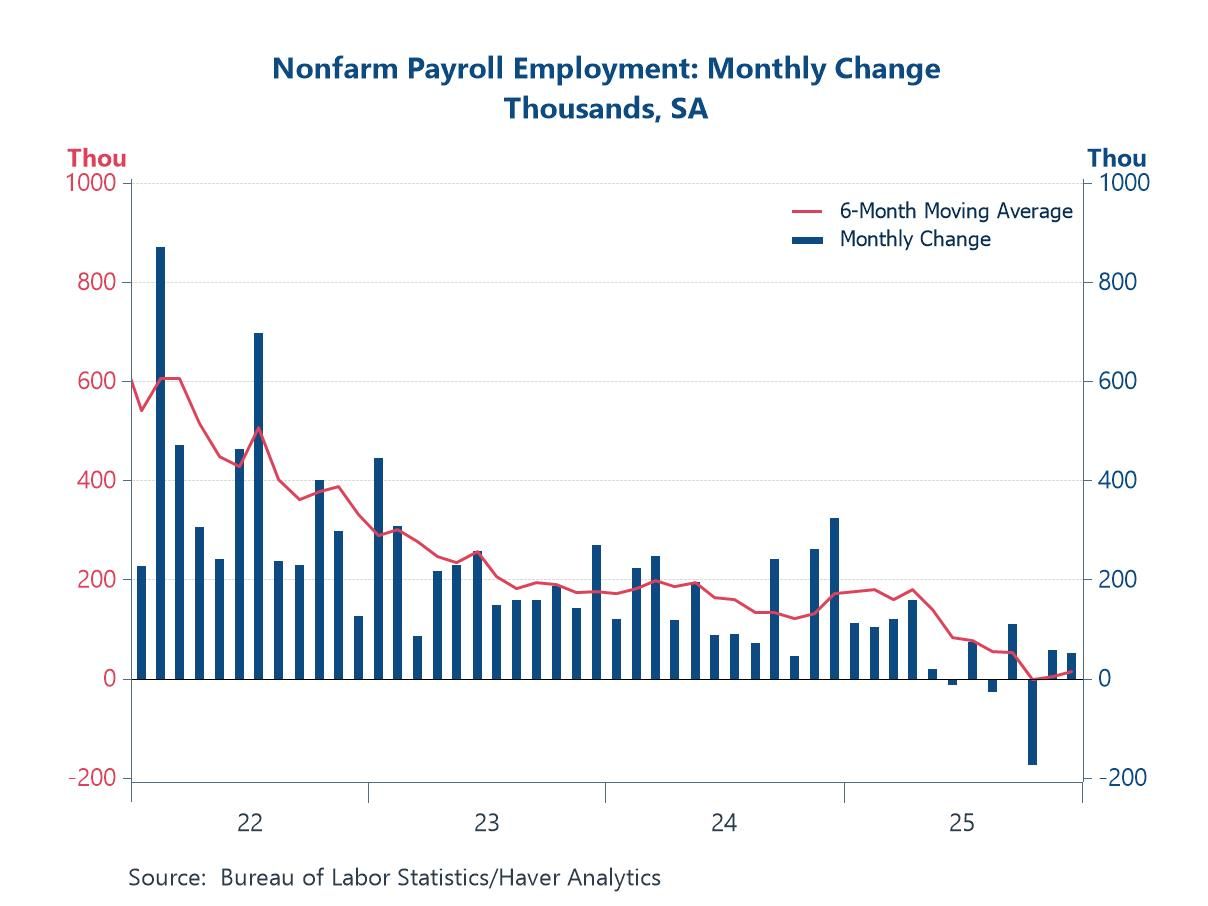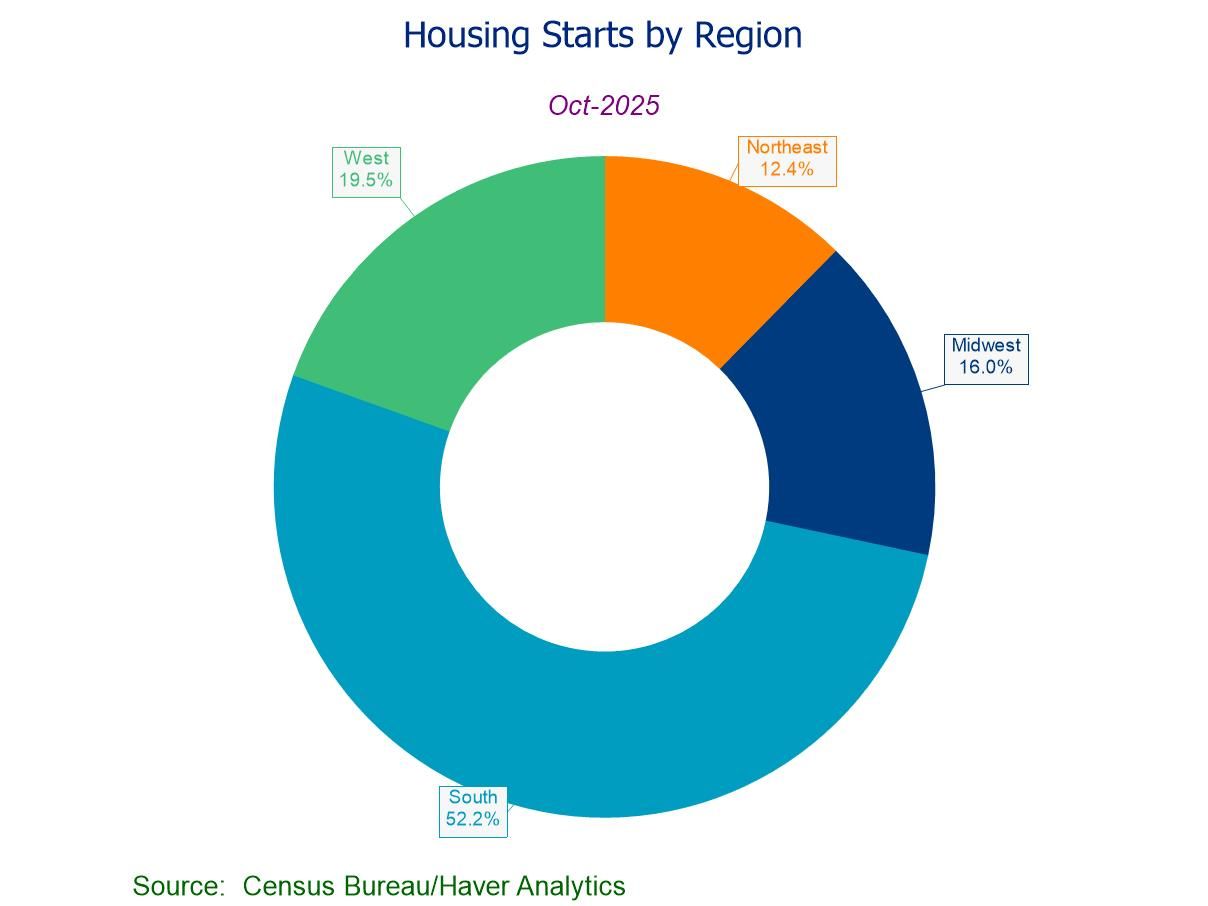Japan’s Machine Orders and Other Indicators Continue Weak in January

Japan machine orders are lower by 10.2% in January month-to-month. They rose by 4.7% in December after ticking higher by 0.2% in November. Orders are lower by 8.1% year-over-year.
Japan core order, however, rose by 9.5% in January rising for two-months in a row. Year-over-year core orders are up by 3.5%.
Orders split between domestic/foreign show opposite results month-by-month. Over one-year domestic orders are up by 5.9% while foreign orders are lower by 16.7%.
Year-on-year growth trends show overall and foreign demand with standings below their 20th percentiles. Core orders and domestic demand each have standings of moderate-to-above median amounts, a 53.1 percentile standing for core orders and a 63.6 percentile standing for domestic demand.
Other indicators produce different results. The Economy Watchers complex of responses shows January readings barely at or below the 50 level for diffusion. The growth ranks of the Economy Watchers readings, however, all show above median expansion; most show strength. Index levels on the Economy Watchers indexes all are above the 50-percentile mark except for weakness in employment. Employment is showing sub-median readings.
The Teikoku indexes are generally weaker than the Economy Watcher diffusion indexes and they are mostly weakening month-to-month in January. The growth ranks show below-median standings for growth rates in manufacturing, wholesaling, and construction. Above median standings exist for services and retail in the Teikoku index framework. The index level of the Teikoku indexes show above 50 expansionary readings in retailing and wholesaling, a neutral 50 standing in services and below median weakness logged in construction and manufacturing.
The METI index for manufacturing is weaker in January with a growth ranking in its 16th percentile and a standing for the index level at its sixth percentile. There is clear weakness in manufacturing based on this index, the Teikoku survey and machinery orders.
The Leading Economic Index has weakened in each of the last three months. It has a 22-percentile standing for its growth rate over 12 months. The rank level of the LEI index has a 25.6 percentile standing.

On balance, Japan continues to report a good deal of weakness across various surveys of a variety of industries. The Economy Watchers readings show the most strength among all the surveys- whether measured on growth or on index levels. Apart from that survey, the picture of the economy is uniformly of moderation or weakness. As of January, readings continue to be weak, but they do not appear to be weakening further except for the steady erosion in the Leading Economic Index.
Robert Brusca
AuthorMore in Author Profile »Robert A. Brusca is Chief Economist of Fact and Opinion Economics, a consulting firm he founded in Manhattan. He has been an economist on Wall Street for over 25 years. He has visited central banking and large institutional clients in over 30 countries in his career as an economist. Mr. Brusca was a Divisional Research Chief at the Federal Reserve Bank of NY (Chief of the International Financial markets Division), a Fed Watcher at Irving Trust and Chief Economist at Nikko Securities International. He is widely quoted and appears in various media. Mr. Brusca holds an MA and Ph.D. in economics from Michigan State University and a BA in Economics from the University of Michigan. His research pursues his strong interests in non aligned policy economics as well as international economics. FAO Economics’ research targets investors to assist them in making better investment decisions in stocks, bonds and in a variety of international assets. The company does not manage money and has no conflicts in giving economic advice.





 Asia
Asia
